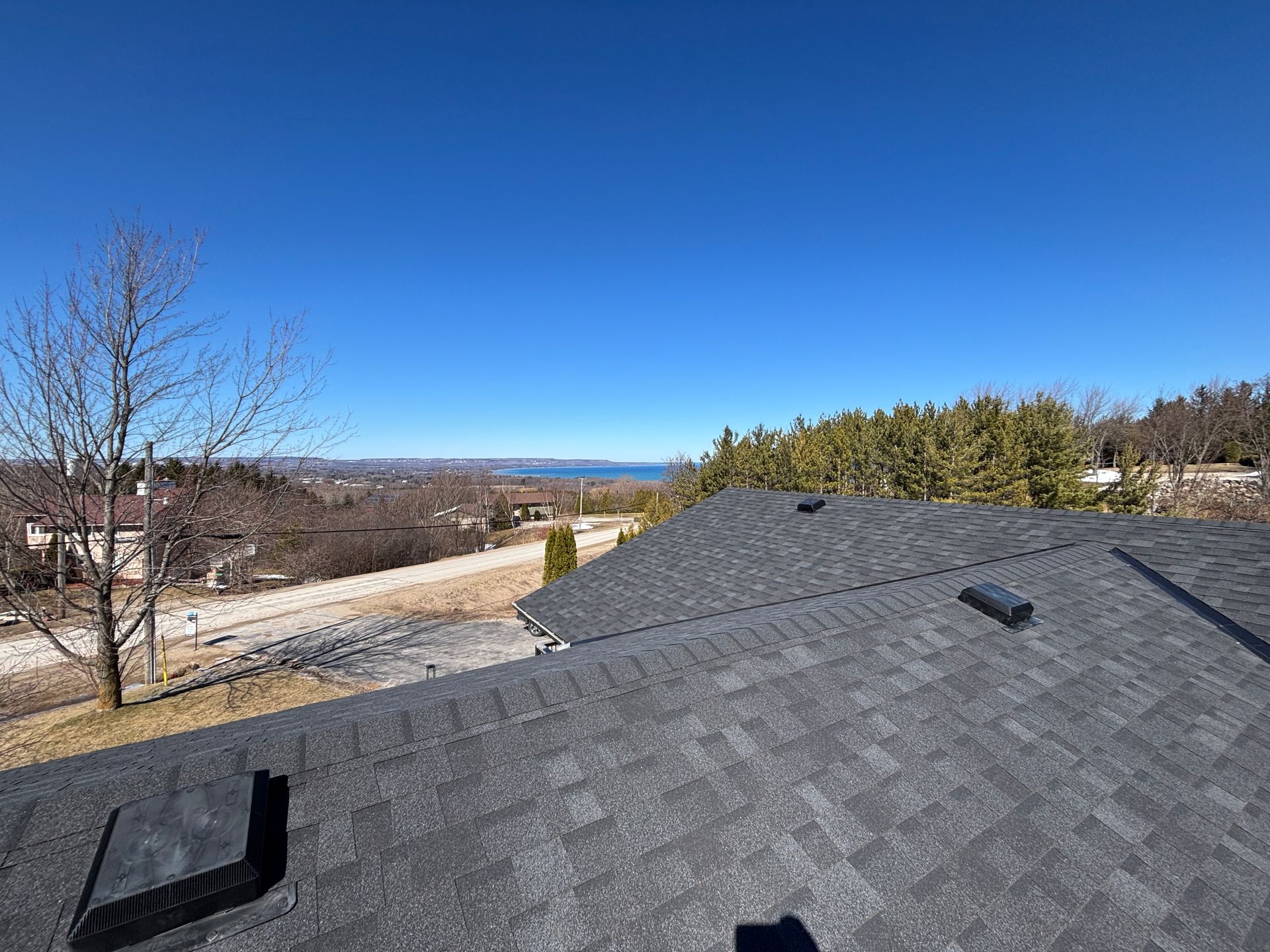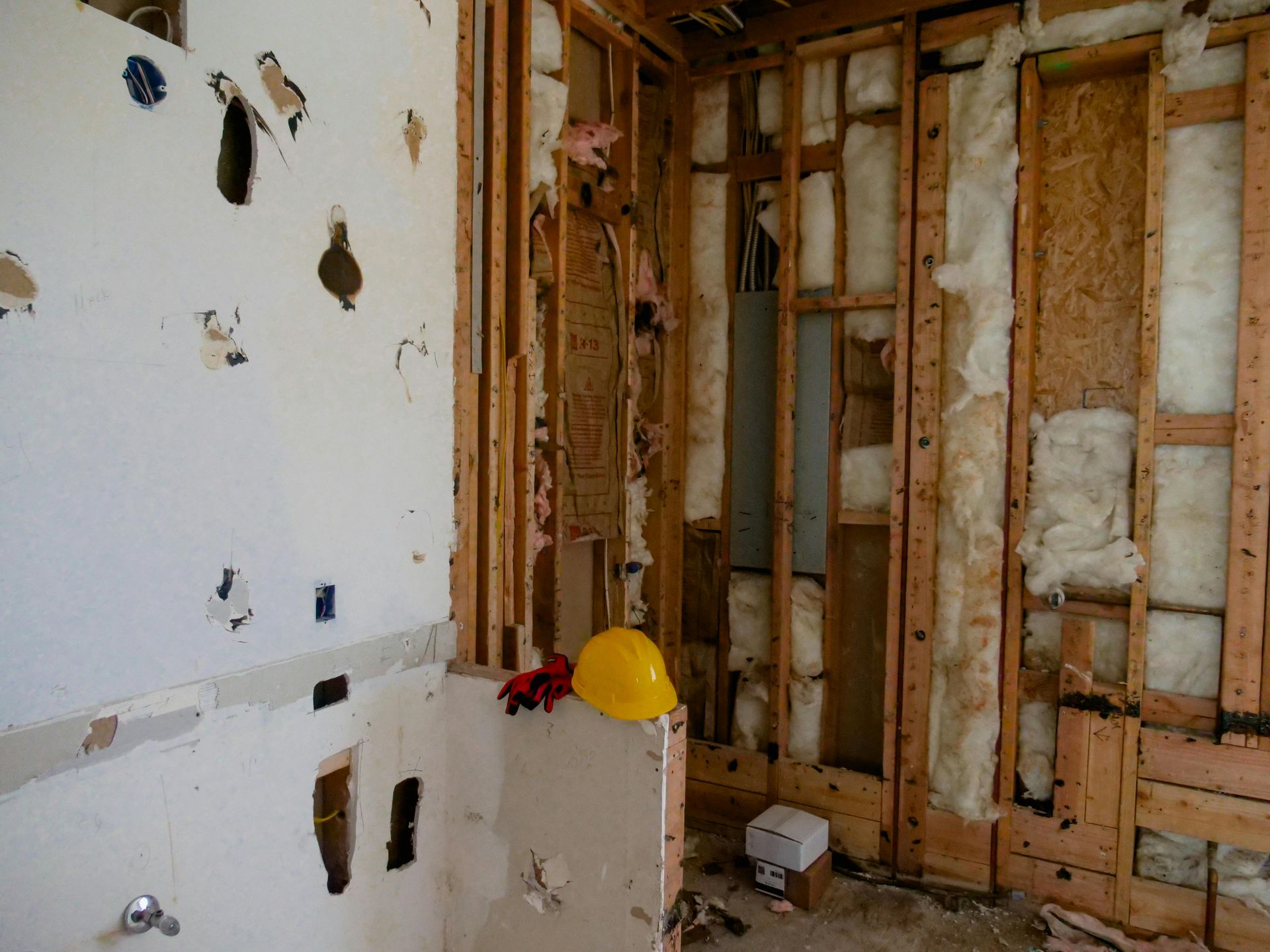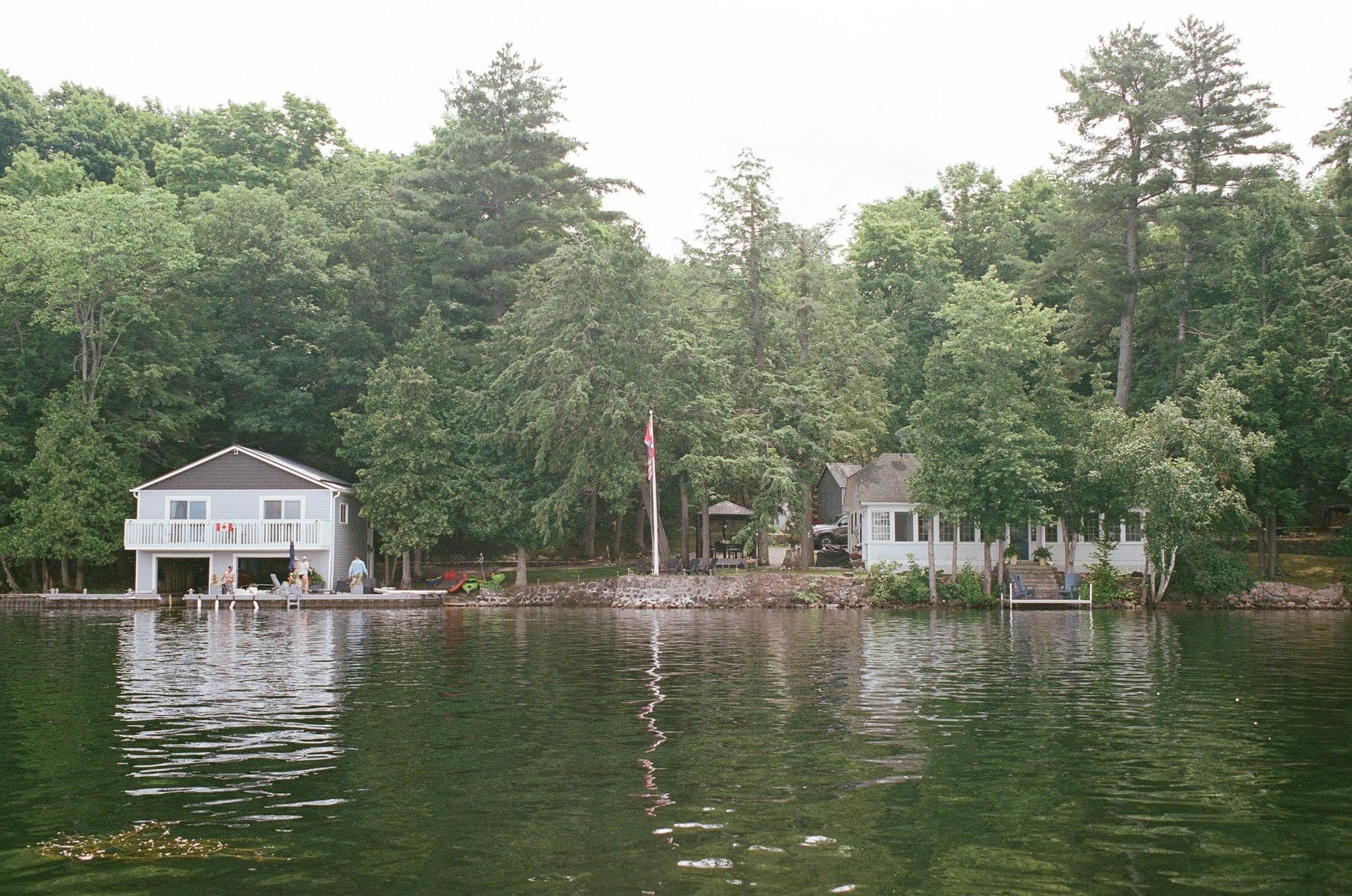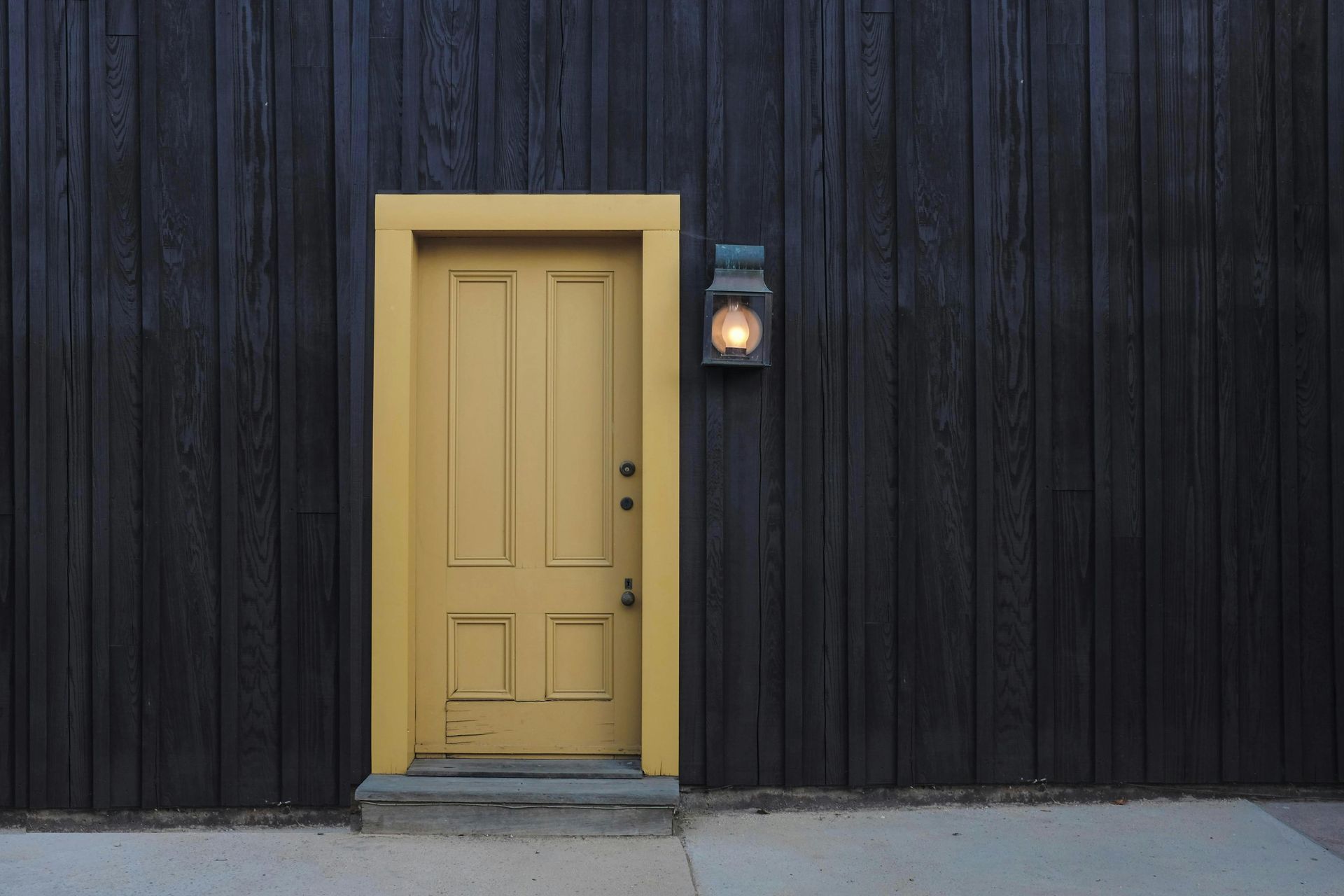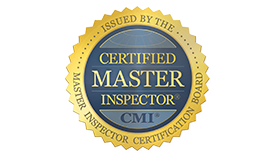Spring Home Maintenance: Melting Ice and Snow
Spring Home Maintenance Tips:
What to Look For
As the snow begins to melt and spring slowly creeps in, it's time for homeowners across Ontario to start thinking about their homes’ maintenance. The melting snow can be both a blessing and a curse, and it's essential to stay ahead of potential issues to avoid costly repairs. Here’s a quick guide on what to look for, from your basement to your attic, and tips on dealing with those pesky ice dams and frozen drain spouts.
Basement
Check for Water Intrusion:
As the packed snow starts to thaw, excess water may start to seep into your home, especially if the ground around your foundation is already saturated. Here are some things to look for:
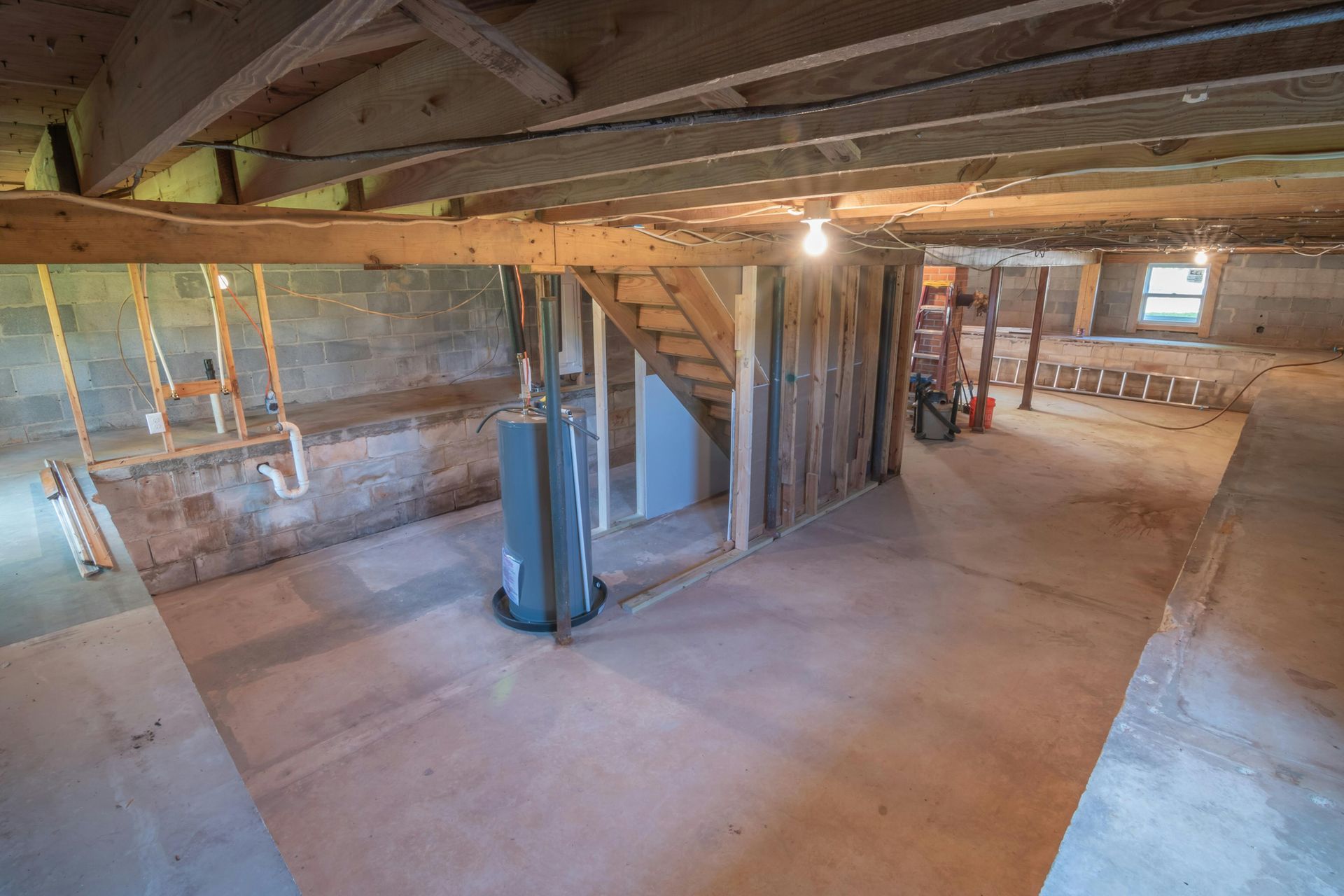
Dampness or Water Stains:
Look for any water stains or damp spots on your basement floor or walls. This could be a sign that water is infiltrating through cracks in the foundation.
Mold or Mildew:
Check for any musty odours or visible mold growth. Mold thrives in damp environments, and the melting snow can create the perfect conditions for it to spread.
Cracks or Gaps in the Foundation:
Inspect your basement walls for cracks, which can widen as the ground shifts during the thawing process. Small cracks can turn into bigger problems if not addressed quickly.
Attic
Examine for Leaks and Ice Damming Issues
Another critical area to inspect as the snow melts is your attic. Warm air leakage from your home and improperly vented attics can lead to condensation and ice dam build up.

Check for Ice Dams:
Ice dams form when snow on the roof melts and refreezes at the edge, creating a dam that traps water. This water can back up under the shingles and into your attic, leading to water damage. If you spot an ice dam, it’s important to keep an eye on it and if safe, carefully remove it, or call in a professional to prevent further damage.
Look for Leaks:
Inspect the attic for any signs of leaks, such as water stains or damp insulation. If you notice any signs of water damage, it’s important to address the problem quickly before it spreads to the rest of the house.
Ventilation Check:
Poor attic ventilation can contribute to ice damming. Ensure your attic is properly ventilated so that heat doesn’t accumulate and cause snow to melt prematurely.
Roof
Handle Ice Dams and Prevent Leaks
Once the snow begins melting, it’s also important to inspect your roof for any damage caused by ice dams or the weight of the snow. Here's what to look for:
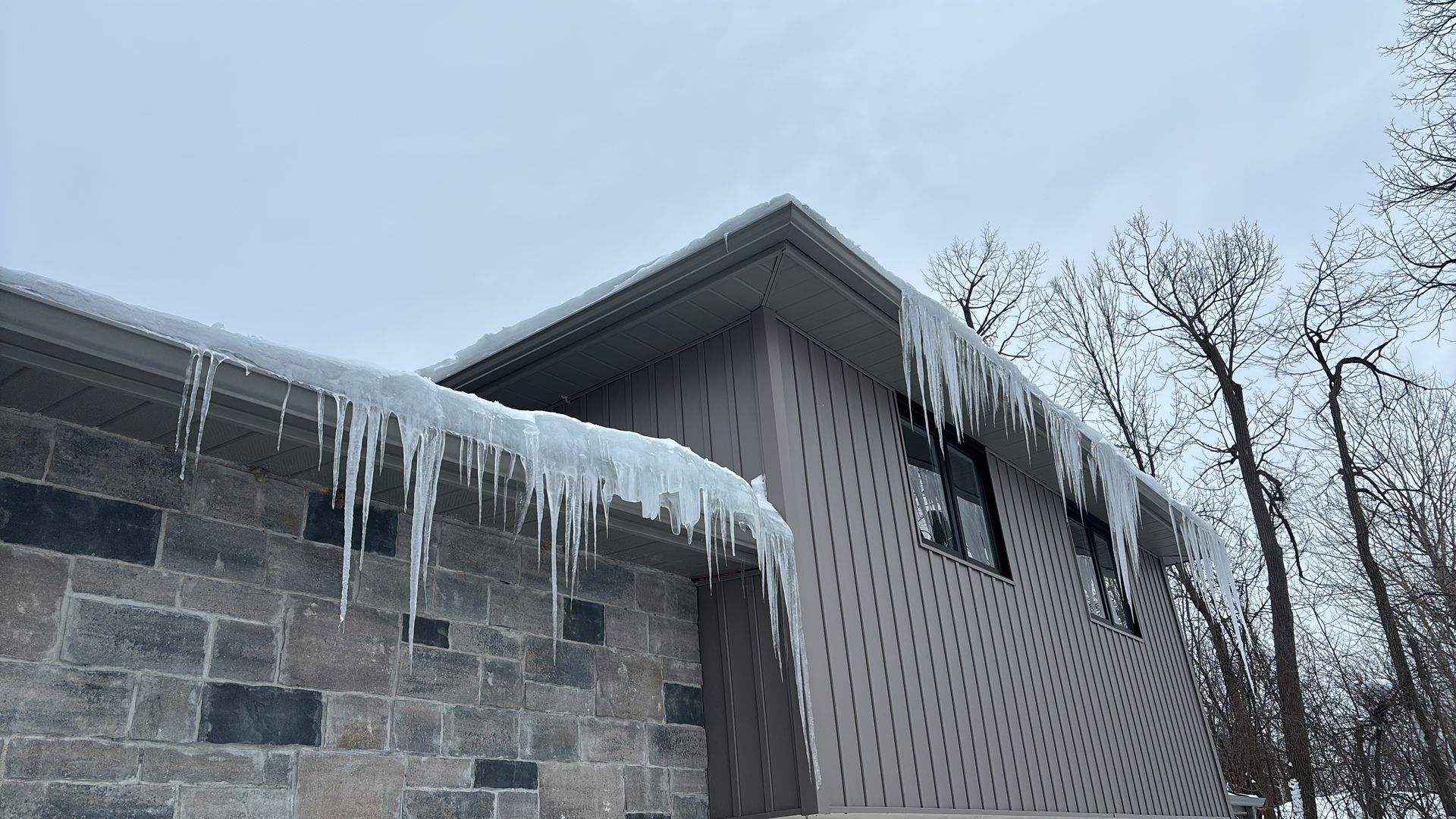
Remove Ice Dams Safely:
If you have ice dams on your roof and choose to remove them, it’s crucial to remove them very carefully. Never use sharp tools or force to break them off, as this could damage your shingles. Consider using a roof rake with a long extension or hiring a professional to remove them safely.
Check for Roof Leaks:
Check your ceilings for any signs of leaks or water stains. This could be a sign that water has found its way into your home due to ice dams or general wear and tear from the winter months.
Inspect Flashing and Shingles:
Look for damaged or missing shingles, as well as any issues with flashing around chimneys or vents. These can be weak points in your roof, allowing water to seep through and cause leaks.
Frozen Drain Spouts
Frozen drain spouts are a common issue during the winter months. As temperatures rise, the ice in your gutters and downspouts begins to melt, but it’s important to address any lingering ice that could cause blockages or damage.
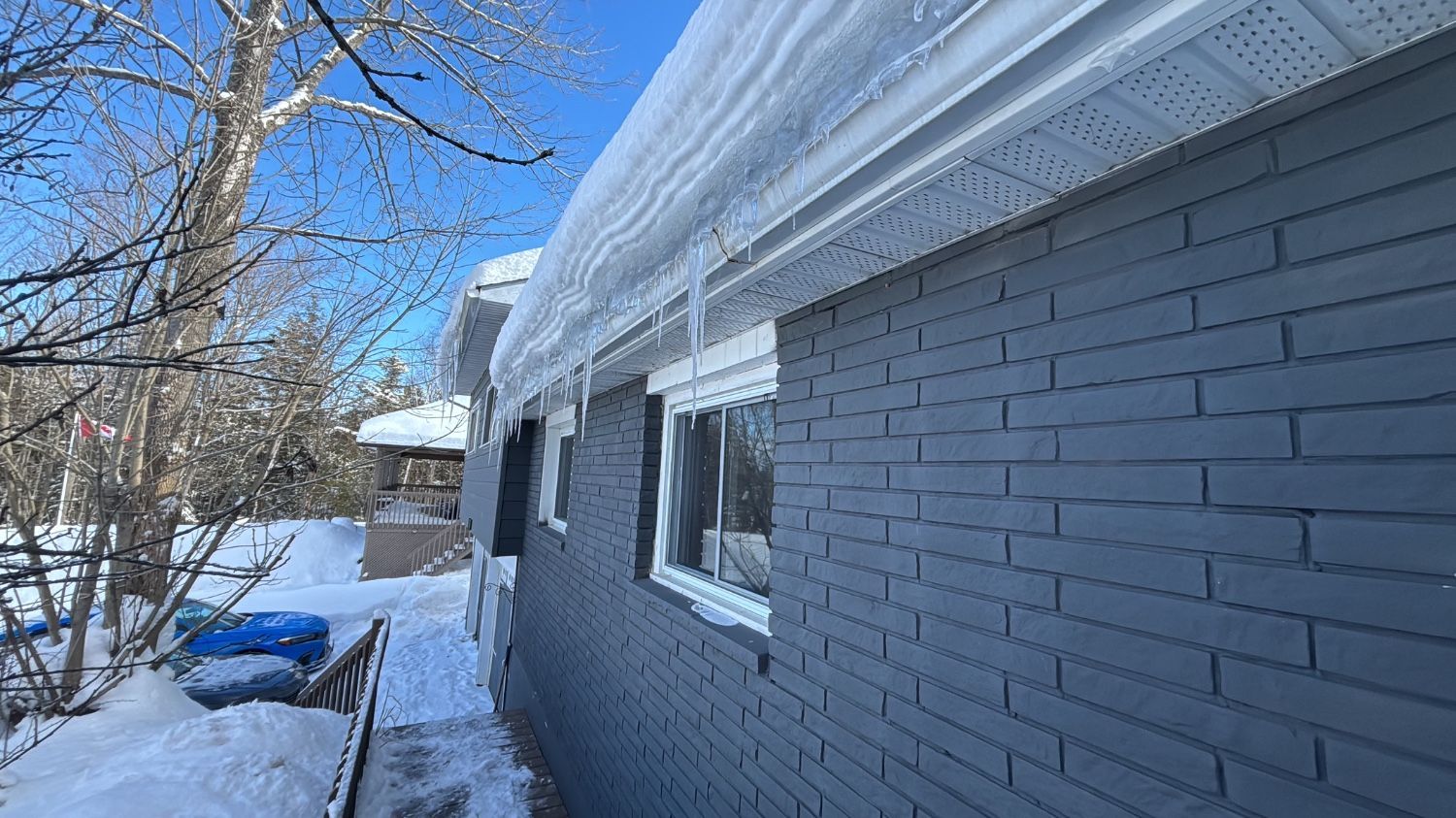
Clear Blocked Spouts:
If the downspouts are still frozen, carefully use warm water or a professional tool to thaw them. Be sure to work slowly to avoid causing damage.
Check for Leaks:
Inspect your downspouts for any cracks or leaks that may have formed. Leaky downspouts can lead to water pooling near your foundation and causing damage over time.
Clean Gutters:
Clean out your gutters to ensure that water can flow freely. Clogged gutters can lead to water overflow, which can damage your roof, siding, and foundation.
As Temperatures Continue to Rise:
What to Watch For
As the temperatures warm up, the thawing process will accelerate, and new issues could arise. Here’s what to keep an eye on:
Watch for Puddles Around the Foundation:
As the snow continues to melt, water may collect around your foundation. This can lead to basement flooding or water infiltration, so ensure that the grading around your home slopes away from the foundation.
Inspect Outdoor Drainage Systems:
Make sure your outdoor drainage systems are clear of debris, so water can flow properly away from your home. This includes ensuring that downspouts are connected to drainage systems and not directing water toward your foundation.
Check for Exterior Cracks:
Inspect your home’s exterior for cracks or gaps that may have developed during the winter freeze-thaw cycle. Sealing these cracks can help prevent water from entering your home as the melting snow causes the ground to shift.

Spring in Ontario can be unpredictable, but by taking the time to inspect your home as the snow melts, you can prevent significant damage. From the basement to the attic, and even your roof and exterior, being proactive with home maintenance will ensure your home stays dry and secure as the warmer months arrive.
If you need help with any of these inspections or repairs, our home inspection team is ready to assist. We can help you identify potential issues early on and provide recommendations to keep your home in top shape.
Contact us today to schedule a thorough home inspection and give yourself peace of mind this spring!
